Cape Verde, also known as Cabo Verde, is made up of 10 major islands about 560 km (350 miles) off the west coast of Africa. Located in the central Atlantic Ocean, the archipelago was formed by volcanic action millions of years ago, though some islands have experienced eruptions in more recent history. Discovered by Portuguese explores in 1462, it was a colony of Portugal until gaining independence in 1976.
The Cape Verde islands are mostly mountains and deserts, with a few green valleys and forests sprinkled in. It’s warm and dry – some islands rarely get rain, so it makes a good year ‘round travel destination. The mountainous terrain makes it popular with hikers, while trade winds make it popular with surfers and yachters.
10. Maio[SEE MAP]
If you enjoy beachcombing, you’ll want to visit Malo, with its beautiful sandy beaches. Known for its former salt mines, Malo is a good place to relax in sleepy towns with their colorful flower decorated houses. Though vegetation is sparse, Maio has the largest forest in Cape Verde. Besides beachcombing, Maio is a good place to bird watch, with ospreys, sea swallows and bar tailed larks. The main square in the island’s capital, Vila de Malo, is a good place to people-watch, since it’s the city’s central meeting place. Picturesque Morro has a great swimming beach that you’ll share with turtles during the summer.
9. Santa Luzia[SEE MAP]
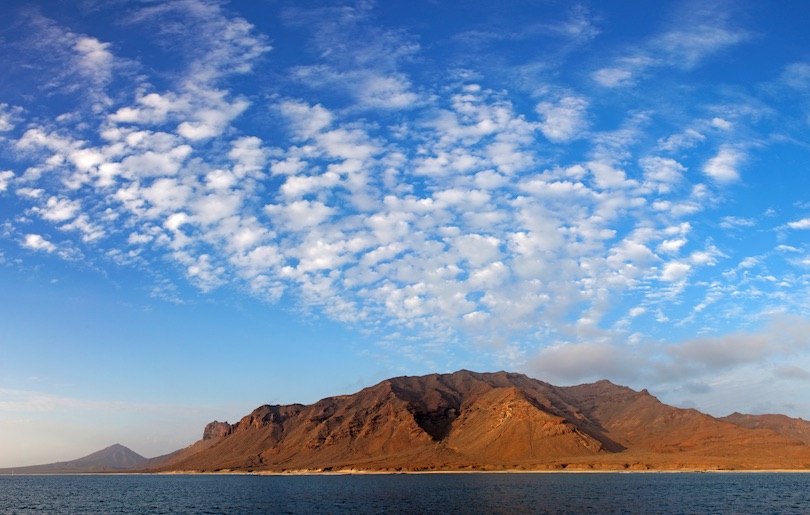
Cape Verde’s smallest island is basically uninhabited but draws yachters like honey draws flies. The island is low-lying, which. means lots of sunshine, and the northeasterly trade winds make it a popular, but isolated, anchorage for yachts. It may seem desolate but a rugged coastline with boulders eroded by winds gives it a scenic touch. It’s accessible via a two-hour chartered boat ride from Sao Vincente. Once there you may discover ruins of human habitation – it was abandoned for the final time in the 1960s. The island is named for Saint Lucy because it was discovered on her day in 1462.
8. Brava[SEE MAP]
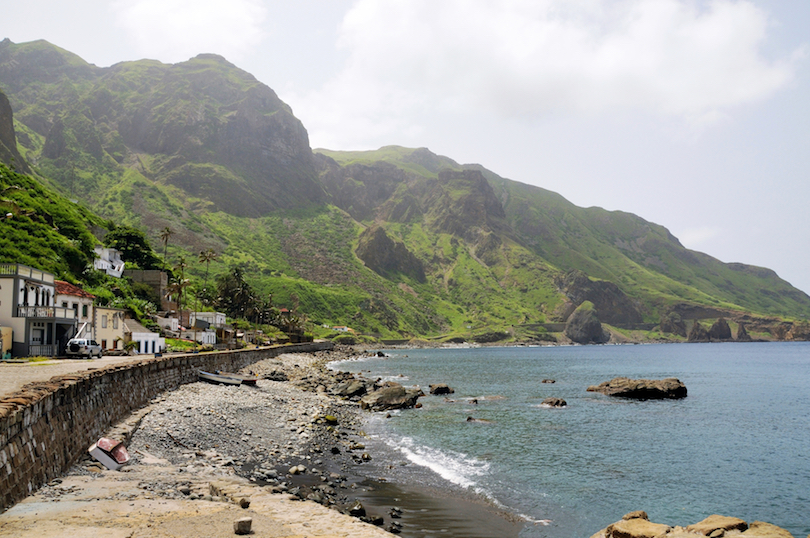
Brava has a few things going for it. It’s the smallest Cape Verde island that is inhabited, so you won’t run into a lot of people. Not that you could fit a lot of people into an island that isn’t even seven miles long. Secondly, it’s the greenest of these islands, which makes it scenic – it’s known as the floweriest island. Discovered in 1462 by Portuguese sailors, the island was once known for its whaling. Today, its economy is fishing and agriculturally oriented, such as coffee, bananas and sweet potatoes. Vila Nova Sintra is reputed to be the most beautiful town in the archipelago.
7. Sao Nicolau[SEE MAP]
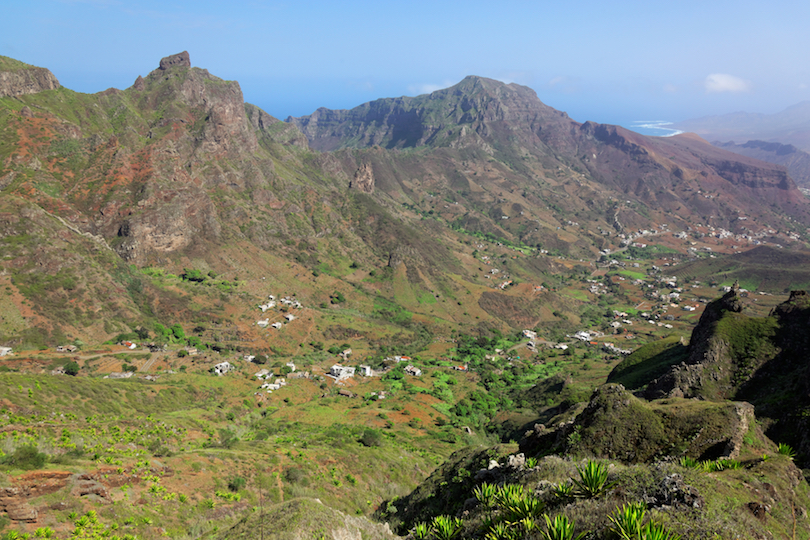
Sao Nicolau has less than 13,000 in habitants, making it a good place to escape the crowds. Because of its mountainous terrain, the island is popular with hikers and mountain bikers. It’s not a particularly good place to visit if you’re into beaches, because beach access is difficult. It’s a good place, however, to see the colorful houses that can be found throughout Cape Verde. The capital, Ribeira Brava, is at its colorful best in the mornings when market activity moves at a fast pace. Be sure to take in the town square with its lovely two-towered blue church.
6. Fogo[SEE MAP]
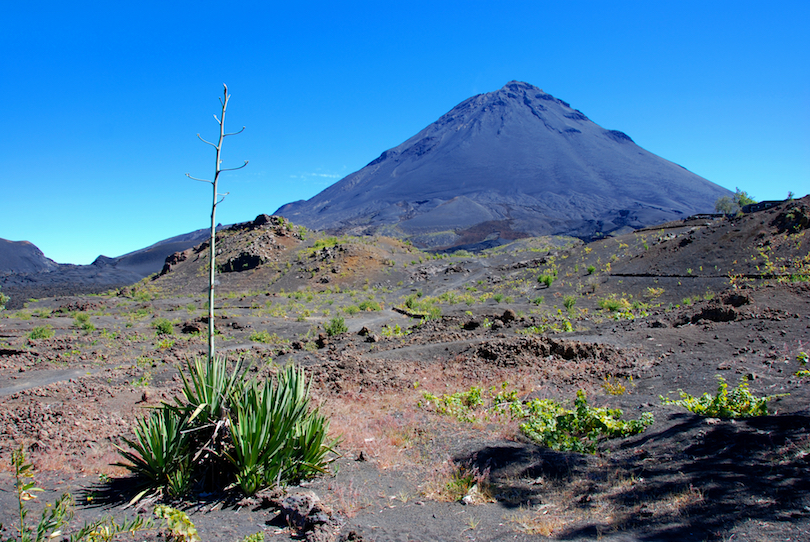
Fogo Island is the highest island in the Cape Verde chain. This is due to Pico de (Mount) Fogo, which is 2,829 meters (9,281) feet tall. The volcano has erupted periodically since 1680, with the most recent eruption occurring in 2014. FYI: Fogo translates as “fire.” The rich volcanic soil means Fogo’s coffee is very good, so have a cup on a rest break. The island also is known for its fine wines. A popular island activity is to climb Pico, a hike that takes about six hours from the village of Cha das Calderas. The island’s largest city, Sao Filipe, is worth exploring on foot.
5. Santo Antao[SEE MAP]
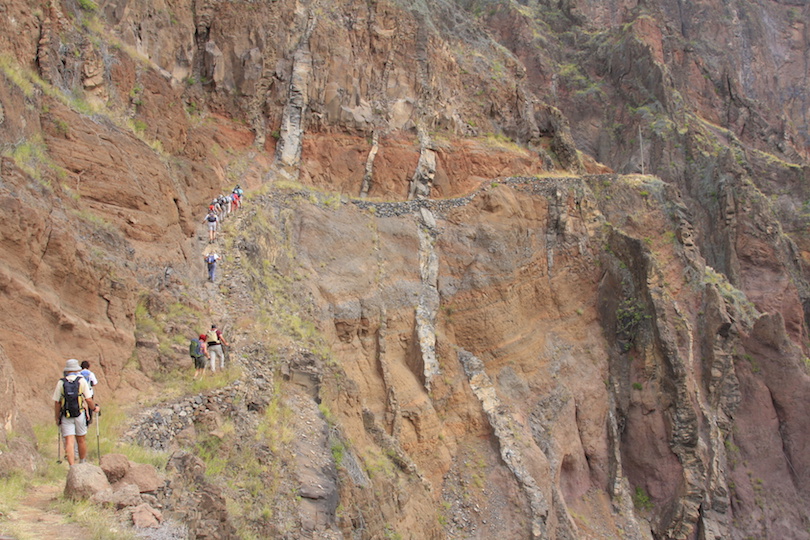
Santo Antao, the second largest of the Cape Verdean islands, is famous for its mountains. Though it seems desolate in some places, the island also features lush subtropical vegetation, such as fir, pine, and date and coconut palms. Ribeira Grande, the island’s capital and largest city, is a lively place. Be sure to take in the food and clothing markets, and experience a sense of peace at Nossa Senhora do Rosario church. You can buy locally made goat’s cheese at the harbor town of Porto Novo. A drive along an old road that links Porto Novo and Ribeira Grande is a great way to take in the scenery.
4. Sao Vicente[SEE MAP]
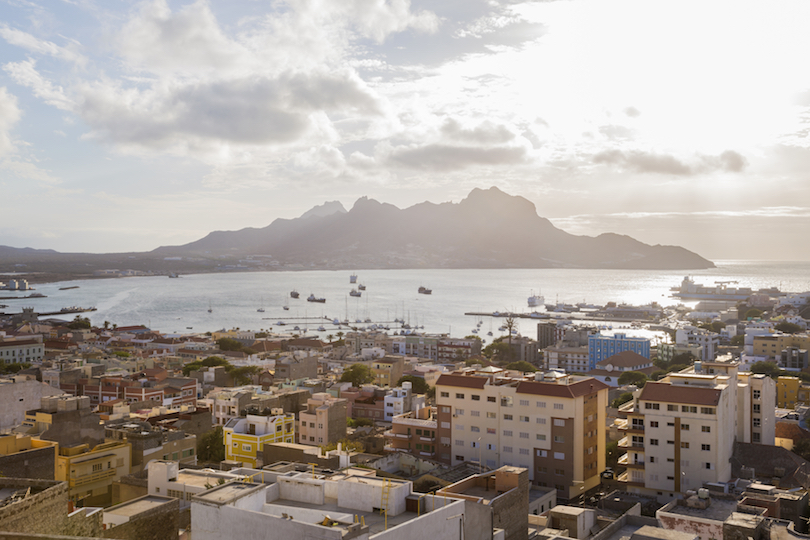
Sao Vicente is an arid island that is marked by low-lying mountains. On a clear day you can see other islands. Most of the island’s 80,000 residents live in Mindelo, known as the cultural center of Cape Verde. The city is known as the birthplace of the country’s traditional music styles, though globalization means you can hear a variety of music here. Sights you’ll want to see in Mindelo include the fish market and a copy of Lisbon’s famous Belem tower. The town has an African flavor because of trade with that continent. The southwestern island is popular with windsurfers.
3. Santiago[SEE MAP]
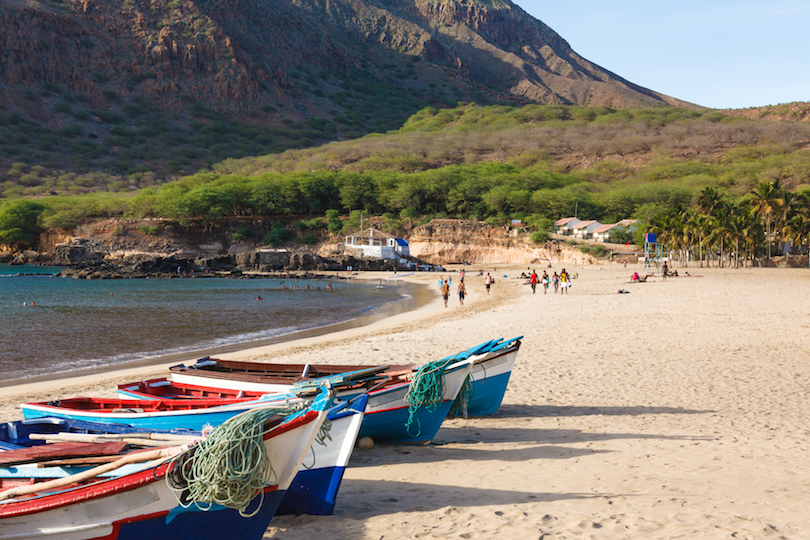
Santiago Island is the largest Cape Verde island; it’s where half the country’s people live. The first of the islands to be settled, it is home to the country’s capital, Praia. The island is a good place to see some of nature’s endangered species, including 38 plants and several rare birds. The island has a diverse landscape to enjoy: mountains, green valleys, sandy beaches (Praia Pranha is tops) and the country’s largest and oldest tree, a kapok that is 500 years old. Shoppers may enjoy Praia’s Mercado de Sucupira where you can buy an array of goods, including handcrafts, and taste traditional foods.
2. Boa Vista[SEE MAP]
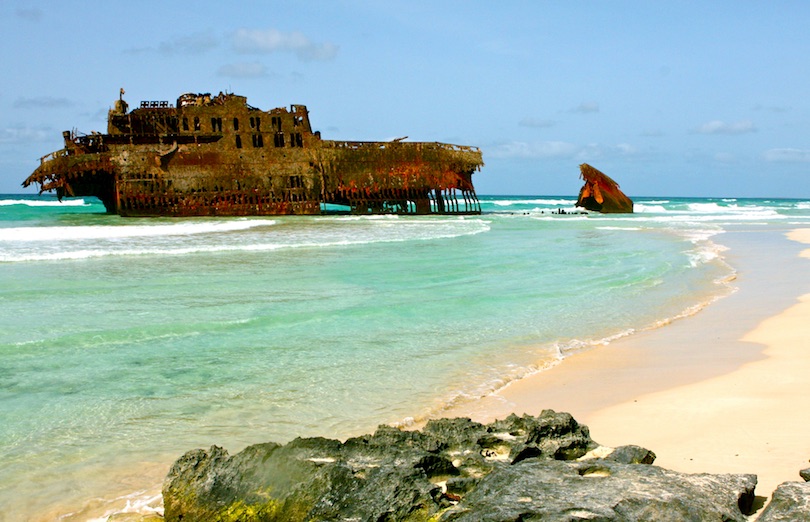
Mountains, desert and beaches combine to make Boa Vista, Cape Verde’s third largest island, a good place to visit. With a name that translates as “beautiful view,” could it be anything else? More tourists are discovering the island, the closest to Africa, since an international airport opened in 2007. Be sure to check out the beautiful colonial style church near the square in Sal Rei, the island’s capital city. The salt once produced here was deemed “royal” because of its high quality. And, after touring the San Rogue church in Rabil, you can buy locally made pottery as a souvenir. On the northern part of the island lies the wreckage of a Spanish cargo ship that ran ashore in 1968.
1. Sal[SEE MAP]
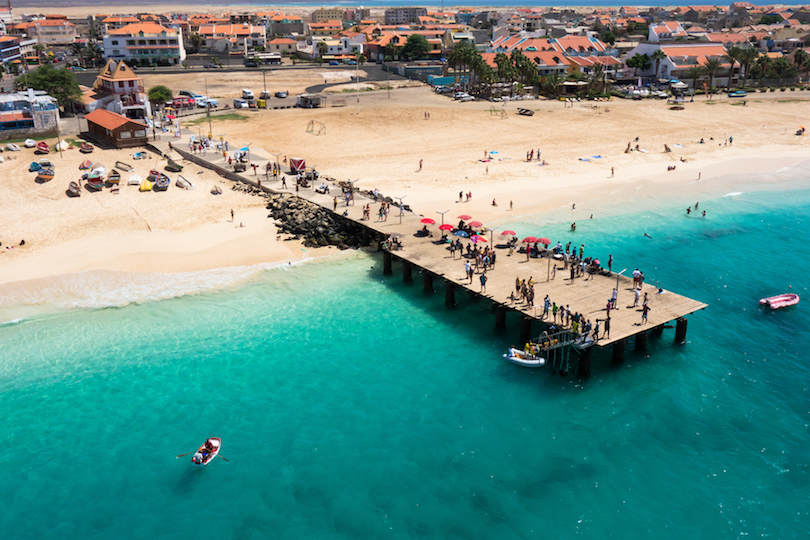
It’s easy to guess what Sal’s main industry once was: The name translates as “salt.” Most of the salt mined in the 19th century was exported to Brazil; salt today is mined mainly for tourists to take home and for local use. Sal is now a popular tourist destination, having the main international airport in Cape Verde. It’s mainly a flat, sandy island, with winter trade winds turning it into a Mecca for surfers. There’s sunshine almost every day and just what is rain anyway? Espargos is the island’s political and economic capital, while Pedra Luna is known for its leaning church.

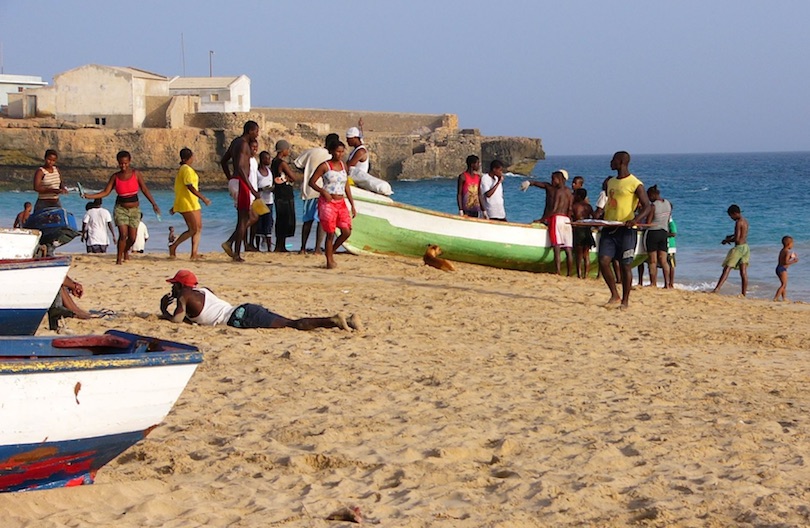
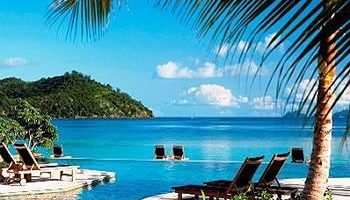
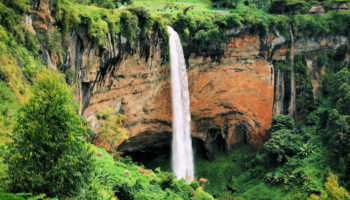
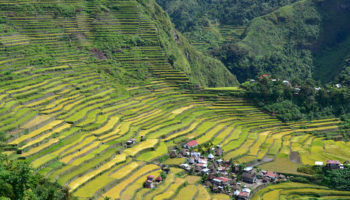
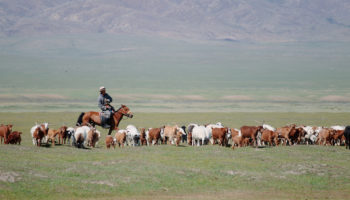
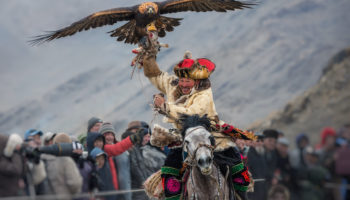
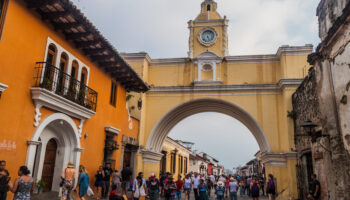
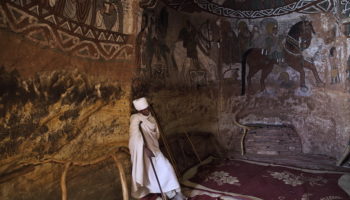
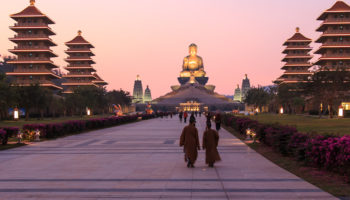
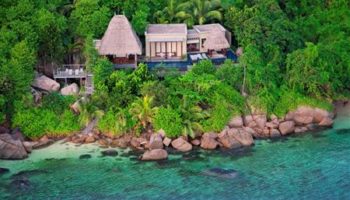
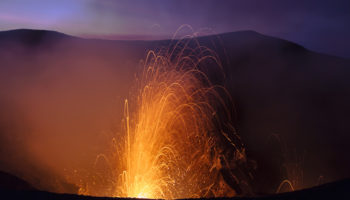
Leave a Reply